Recently, we ran a promotion with a friend who has been a fan of our beef for years. His customers are very health conscious, and clearly are willing to spend money on the best supplements, technology, and sports equipment. While a large number of his customers gave our beef a try, a few made comments about the price. One person complained about the price of our ribeyes (which we can’t keep in stock at any price). Another boasted that he was buying grassfed beef for $3.50 a pound. It’s this last one I want to dissect a bit.
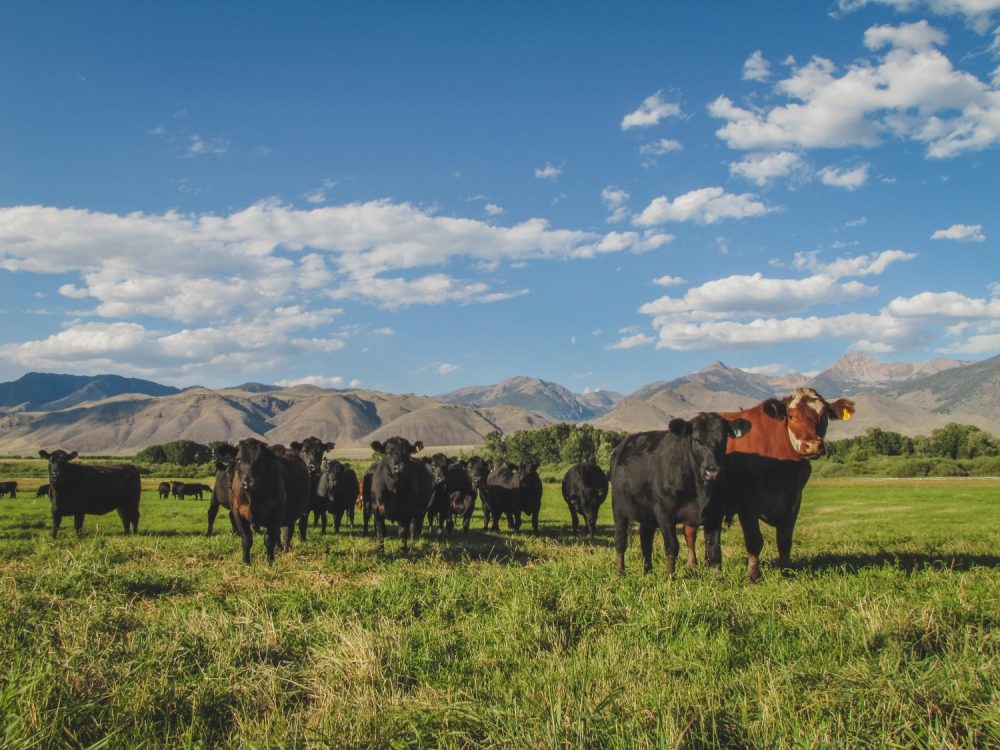
Bottom line, one of three things must be true about $3.50 a pound grass fed beef:
- His rancher does not care about making a profit, or he is unable to calculate a margin over the price he would get at the sale barn.
- The boaster did not realize that the $3.50 per pound was based on hanging weight, and that he would actually be paying between $6.36 and $7.91 per pound (depending on if the quoted price included cut and wrap, or if that was added on).
- The meat was grass fed all right. Grass fed old cull cow or cull bull.
Let’s look at the first two. Most beef sold directly from the rancher to the consumer is sold based on hanging weight. Hanging weight is the weight of the carcass after non-meat parts are removed (head, lower legs, guts) and the carcass is hung to cool and dry age. Here’s some math: Current live weight prices for a finished commercial steer is about $1.80 per pound. The conversion of live weight to hanging weight is about 60%. That means hanging weight price must be at least $3.00 just to match the commercial value the rancher could get at the local sale ring.
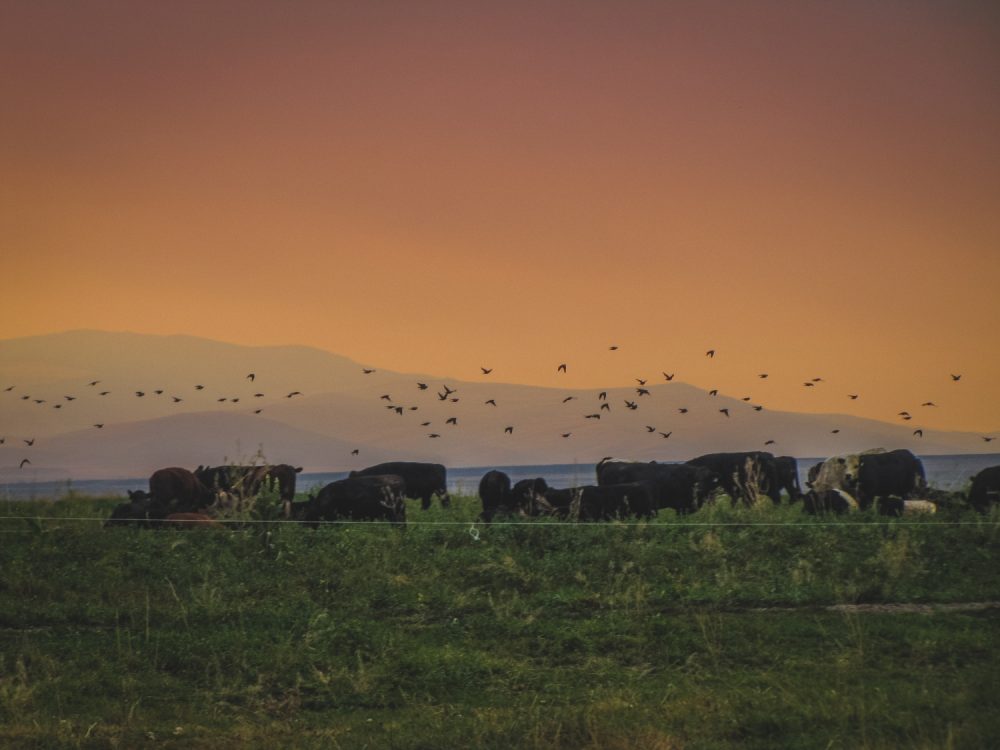
Cut and wrap is typically based on hanging weight and runs from $0.65 to $1.00 per pound hanging weight plus a kill fee. Let’s use an average of $0.85 for processing. So if kill, cut, and wrap is included in the hanging weight price quoted to the buyer, the rancher has to get at least $3.85 per pound hanging weight to match the price he would get if he dispensed with all the customer care and marketing and simply brought the animal to an auction. At $3.50 our rancher is doing extra work and losing money. We’ve been raising grass fed beef for over 25 years, and we see a lot of ranchers direct marketing their beef at a price that we know is losing them money. They typically don’t keep doing it for very long.
More likely the rancher is charging the buyer the $3.50 plus processing (again, let’s use $0.85). Now how does our customer fare? The customer is now actually paying $4.35 in total (to the rancher plus the processor). Conversion from hanging weight to cut and wrapped weight is around 55% (it varies depending on the skill of the processer and the way the beef is cut). So let’s take the best scenario where the rancher is losing money and the buyer is paying $3.50 total to rancher plus processor. We need to take the $3.50 per pound cost and convert it by .55 to match the amount of meat he actually gets. So, $3.50/0.55= $6.36 per pound. This is actually a really good price, but it certainly is not $3.50 per pound. If we take the more likely scenario where the buyer also pays the processor ($4.35 per pound hanging weight) the buyer is paying $7.91 per pound.
Now let’s look at the third option that may be true, that this is beef from older cows. Sad story is, grass fed beef is pretty much anything anyone wants it to be. The original grass fed producers when we were first starting out were true believers. They raised their beef as grass fed because they knew it was better for the animals as well as for the health of their farms (grass, soils, wildlife, etc.). Most of them were essentially operating as organic as well, because they eschewed chemicals and looked to solutions based on mimicking natural systems. Most of them also had a passion for producing food that brought health to their customers as well.
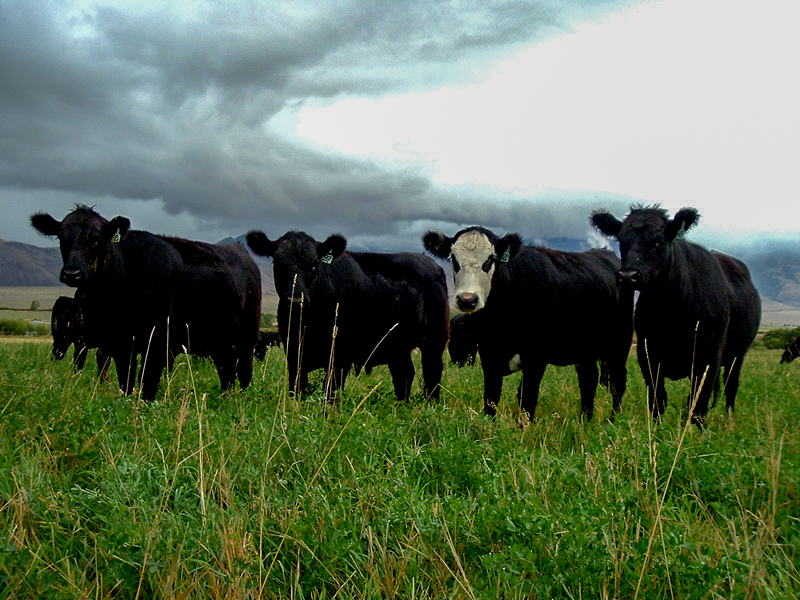
Now, grass fed is big business. The most recent twist we heard about was using cull cows (older cows that are no longer able to get pregnant and have a calf) or older bulls as “grass fed” hamburger. Technically, they probably meet the definition for “grass fed” since very few ranchers feed their mature animals any grain, but I doubt it is the healthful product people are looking for.
In addition, as grass fed becomes more mainstream, more producers are just changing a few parts of the industrial model in order to call their beef “grass fed” and market it for a premium. This means trading GMO corn and soy grains for GMO potato waste and beet pulp in a cattle finishing feedlot ration.
The upshot? When you buy beef you’ll need to ask a lot of questions, both about pricing and growing practices.
At Alderspring, we try to make it easy. We charge based on the packaged weight and tell you exactly what you get and how many pounds you get. Each eighth or quarter that we post comes with a picture of that actual eighth beef, as well as specifications of cuts and weights. This makes buying in bulk easy. You can also rest assured that our beef is certified organic, 100% grass fed and finished, processed by a USDA inspected processor, and raised by people that have been raising grassfed for a quarter century.
If you are looking for the best grassfed organic beef in bulk, with completely transparent pricing, you’ve found it.
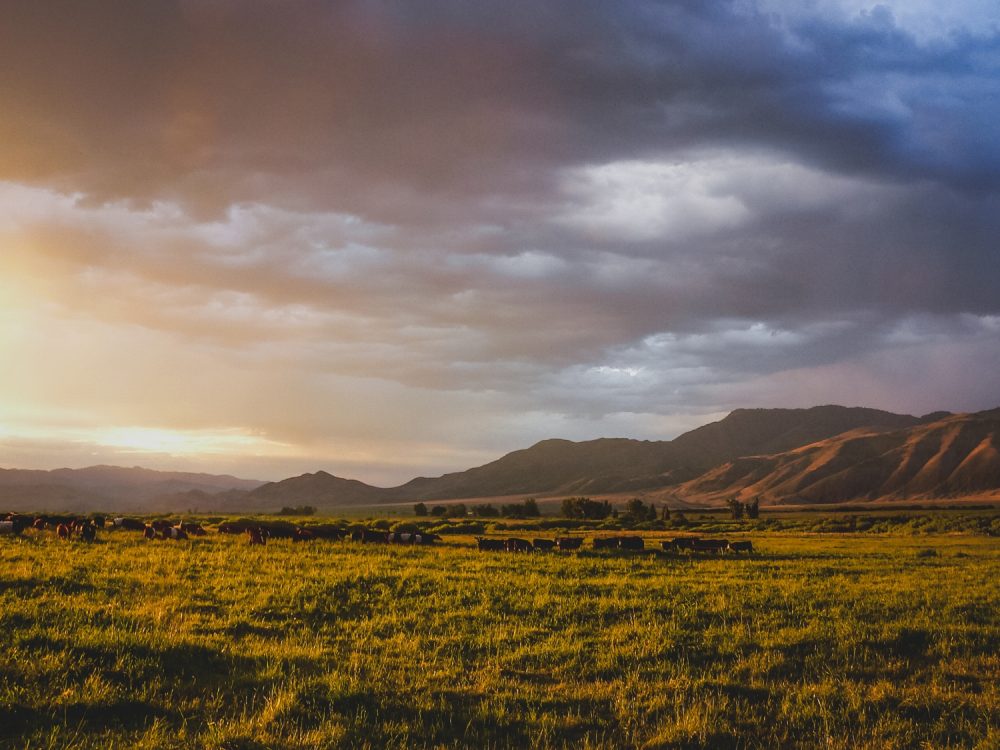

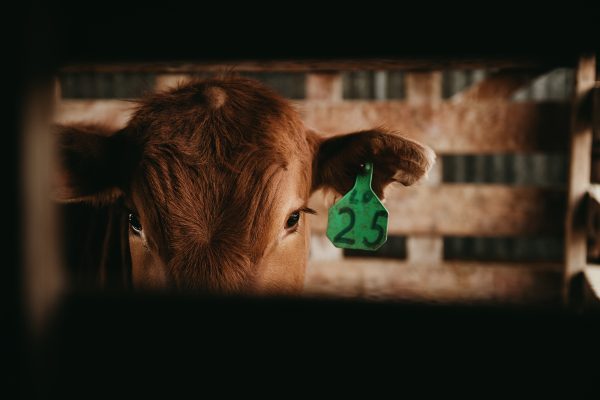





Leave a Reply